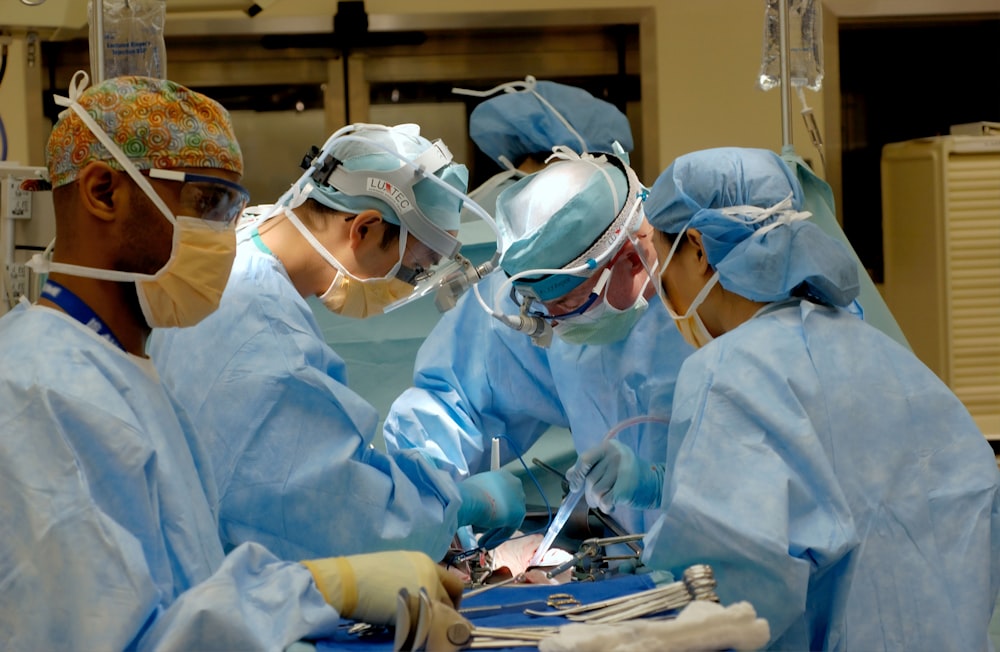目次
TKA後の理学療法の期間ってどのくらいが適切?
人工膝関節全置換術(TKA)後に理学療法や作業療法を行う機会は多いと思います.
症例によってもさまざまですが理学療法の実施機関ってどのくらいがよいのでしょうか?
今回はTKA後の理学療法の期間ってどのくらいが適切なのかを考えるうえで参考になる論文をご紹介させていただきます.

今回ご紹介する論文
Geriatr Orthop Surg Rehabil. 2024 May 17:15:21514593241250149. doi: 10.1177/21514593241250149. eCollection 2024.
Optimal Duration of Physical Therapy Following Total Knee Arthroplasty
Gregory Benes 1, Zachary Adams 1, Michael Dubic 1, Justin David 1, Claudia Leonardi 2, Amy Bronstone 3, Vinod Dasa 3
Affiliations expand
PMID: 38766277 PMCID: PMC11102681 DOI: 10.1177/21514593241250149
今回ご紹介する論文は2024年に掲載された論文です.
研究の目的
Aims & objectives: The purpose of this study was to identify patient characteristics associated with engagement and completion of physical therapy (PT) following total knee arthroplasty (TKA) and examine the relationship between number of PT sessions attended and outcomes during the first 12 weeks after surgery.
この研究では人工膝関節全置換術(TKA)後の理学療法(PT)の参加と完了に関連する患者の特徴を明らかにし,参加した理学療法セッション数と術後12週間の転帰との関係を検討することを目的としております.
研究の方法
Methods: Patients underwent unilateral primary TKA by a single surgeon and were advised to complete 17 PT sessions over 6 weeks at a hospital-affiliated facility. Analyses examined predictors of PT engagement (attendance of ≥2 sessions) and completion (attendance of 17 ± 1 sessions) within 6 weeks and associations between number of PT sessions attended and changes in range of motion (ROM) and Knee Injury and Osteoarthritis Outcome Score (KOOS) values.
対象は一名の外科医による片側primary TKAを受け,病院付属施設で6週間にわたり17回の理学療法セッションを完了するよう勧められました.
解析では6週間以内の理学療法参加(2セッション以上の参加)および完了(17±1セッションの参加)の予測因子,および理学療法セッション参加回数と関節可動域(ROM)および膝関節損傷・変形性関節症アウトカムスコア(KOOS)値の変化との関連を検討しております.
研究の結果
Results: Patients living <40 km were more likely to be engaged in PT than those living ≥40 km from the clinic (P < .0001). Among patients who completed PT within 6 weeks, 95.0%, 85.1%, and 56.4% achieved flexion of, respectively, ≥90°, ≥100°, and ≥110°. Among engaged patients, the active flexion thresholds of ≥90°, ≥100°, and ≥110° were achieved by, respectively, 94.4%, 82.5%, and 58.1% by 6 weeks and by 96.7%, 92.1%, and 84.2% by 12 weeks. Improvement in KOOS Symptoms (P = .029), Function in daily living (P = .030) and quality of life (P = .031) linearly decreased as number of PT sessions increased.
40km未満に居住する症例は,クリニックから40km以上に居住する症例よりも理学療法に参加する傾向が高い結果でありました(P < 0.0001).
6週間以内に理学療法を完了した症例のうち95.0%,85.1%,56.4%がそれぞれ90°以上,100°以上,110°以上の屈曲可動域を獲得しておりました.
自動屈曲可動域の閾値≧90°、≧100°、≧110°を達成した症例は,6週までにそれぞれ94.4%,82.5%,58.1%,12週までに96.7%,92.1%,84.2%でありました.
KOOSの症状(P = 0.029),日常生活機能(P = 0.030),QOL(P = 0.031)の改善は,理学療法セッション数が増加するにつれて直線的に減少しました.
研究の結論
Conclusions: These results raise the question of whether patients who meet satisfactory outcomes before completing 6 weeks of prescribed PT and those who attend more PT sessions than prescribed may be over-utilizing healthcare resources without additional benefit.
この研究の結果から処方された理学療法を6週間受ける前に満足のいく転帰を得た症例や,処方された回数より多くの理学療法セッションを受けた症例は,追加的な利益を得ずに医療資源を過剰に利用しているのではないかという疑問が提起されました.
今回はTKA後の理学療法の期間ってどのくらいが適切なのかを考えるうえで参考になる論文をご紹介させていただきました.
当たり前と言えば当たり前ですが,症例によっても適切な期間は異なる可能性がありますね.
関節可動域の獲得率で考えると6週でも屈曲可動域110度以上の症例が6割弱ですのでこのあたりをどう考えるかが難しいところですね.






